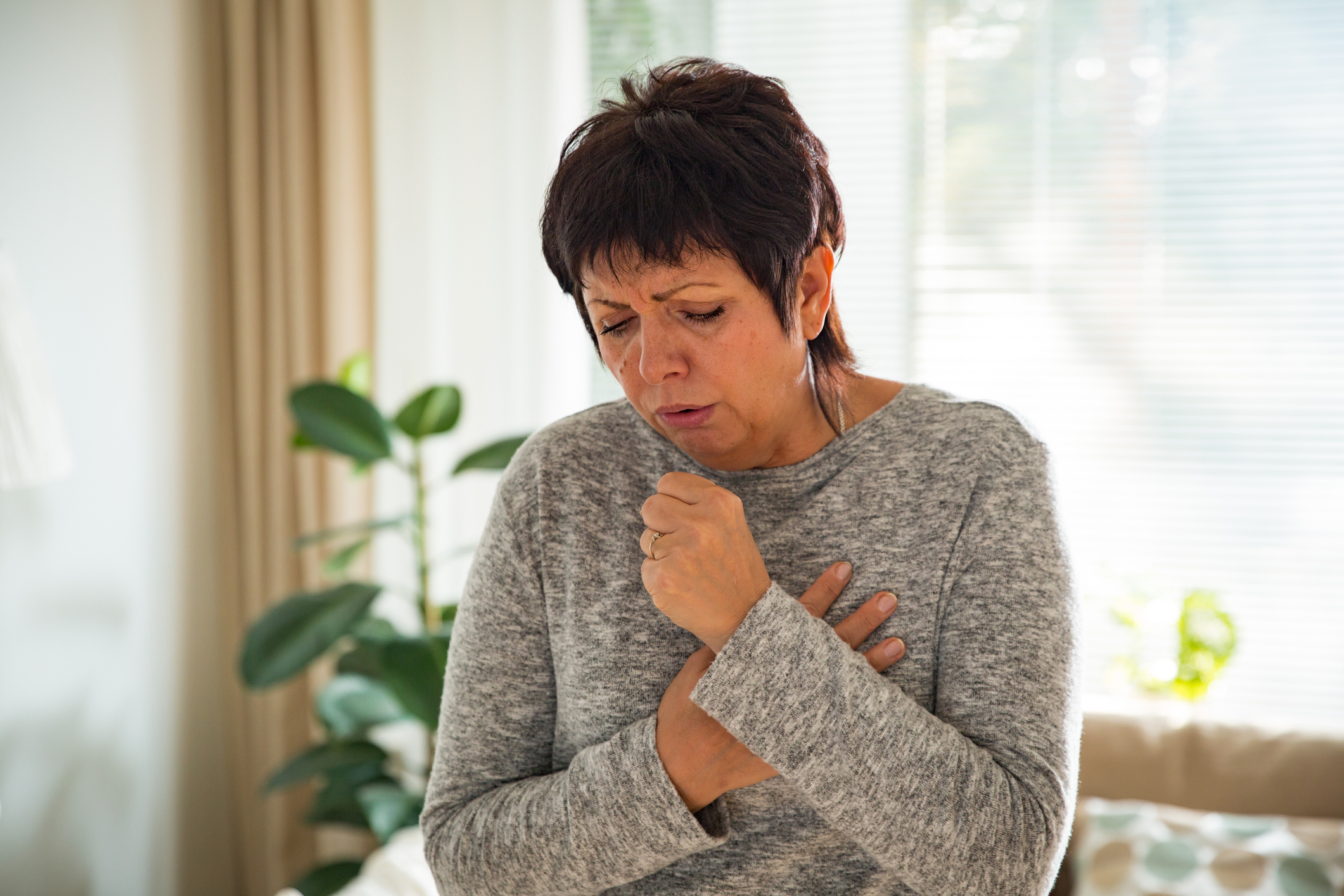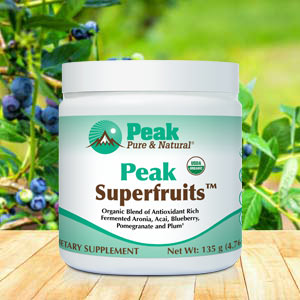Get Easy Health Digest™ in your inbox and don’t miss a thing when you subscribe today. Plus, get the free bonus report, Mother Nature’s Tips, Tricks and Remedies for Cholesterol, Blood Pressure & Blood Sugar as my way of saying welcome to the community!
Why diabetics have higher risk of severe lung infections

Physicians have known that people with diabetes are at a significantly higher risk of developing severe lung disease if they become infected with viruses, bacteria or fungi that cause pneumonia and other respiratory conditions.
This phenomenon came further to the forefront during the pandemic, when it became clear that people with diabetes were more likely to develop severe lung disease after contracting a serious COVID-19 infection. In fact, about 35 percent of those with COVID-19 who died during the pandemic had diabetes. That’s roughly 1 in 3 COVID-19 sufferers!
Research shows that high blood sugar weakens your immune system, which not only means you’re more open to infection but that it takes longer for that infection to heal. What has been less clear is why.
Now, investigators at the Weizmann Institute of Science may have hit upon the mechanism behind the link between diabetes and more serious lung infections…
How sugar levels affect lung dendritic cells
The researchers exposed diabetic mouse models to a variety of viral lung infections. Just as in humans with diabetes, the diabetic mice developed a severe, fatal lung infection following exposure to pathogens such as influenza. This resulted from severe impairment to the immune reaction that normally eliminates the infection and drives tissue healing.
To help unravel what’s behind this heightened risk, the team evaluated gene expression in more than 150,000 single lung cells of infected diabetic and nondiabetic mice — experimenting with immune and metabolic mechanisms and performing an in-depth assessment of immune cell gene expression.
“High blood sugar levels severely disrupt certain subsets of dendritic cells in the lung, preventing these gatekeepers from sending the molecular messages that activate the critically important immune response,” says Dr. Samuel Nobs, a postdoctoral fellow who was the study’s first author. “As a result, the infection rages on, uncontrolled.”
More importantly, they learned how high sugar levels disrupted the normal function of those gatekeeper cells: Altered sugar metabolism led to an accumulation of metabolic byproducts that disrupted the normal regulation of gene expression. This led to production of an abnormal immune protein.
Next, the scientists explored ways to prevent the harmful effects of these high sugar levels in lung dendritic cells. When blood sugar was closely controlled with insulin, the dendritic cells were able to regain their immune response capacity.
They also found administering small molecules reversed the sugar-induced dysfunction of the dendritic cells. Both of these protective responses could prevent the cascade of events leading to a life-threatening viral lung infection.
“Controlling sugar levels may make it possible to reduce this pronounced diabetes-associated risk,” says Eran Elinav, a professor at Weizmann. “In diabetic patients whose sugar levels are not easily normalized, small molecule drugs may correct the gene alterations caused by high sugar levels, potentially alleviating or even preventing severe lung infection. Local administration of such treatments by inhalation may minimize adverse effects while enhancing effectiveness, and merits future human clinical testing.”
Tips on reducing lung infections
While these results are encouraging, they’ll need to be duplicated in humans before any therapies can be developed.
Until then, if you have diabetes, it’s imperative to make sure your blood sugar is well-controlled to avoid complications in general. And it turns out that a group of foods recommended by The American Diabetes Association (ADA) can help in more ways than one…
As part of the ADA Diabetic Plate method, they advise:
- Fill half your plate with non-starchy vegetables like broccoli, carrots, cauliflower and leafy greens.
- Fill one-quarter of your plate with protein that’s minimally processed and low in fat, like chicken, fish, tofu or beans.
- Fill one-quarter of your plate with carbohydrates like fruit or whole grains.
Now, pay close attention to what I’m about to tell you about the foods listed in the first bullet…
Like your gut, your lungs have a protective lining or barrier. It’s made up of two layers: one of endothelial cells and one of epithelial cells. The layers allow oxygen to enter, but they must also be strong enough to keep pollution, viruses and bacteria out.
Research has identified a gut-lung axis linking diet to protection against lung infection via the endothelial cells in one of those layers. The food they found that offers the most support for your lung’s protective lining is cruciferous vegetables. So adhere to the recommendation to add broccoli and cauliflower to your plate.
Next, keep your omega-3 levels up. A large two-part study found that higher levels of omega-3 fatty acids in the blood correlated with better lung function and reduced rates of decline in lung function.
Lastly, if you do find yourself hospitalized with a severe lung infection, brushing teeth twice daily during your stay may reduce the risk of serious respiratory complications.
Editor’s note: Are you feeling unusually tired? You may think this is normal aging, but the problem could be your master hormone. When it’s not working, your risk of age-related diseases skyrockets. To reset what many call “the trigger for all disease” and live better, longer, click here to discover The Insulin Factor: How to Repair Your Body’s Master Controller and Conquer Chronic Disease!
Sources:
1. Why people with diabetes are more prone to respiratory risk — EurekAlert!
2. Lung dendritic-cell metabolism underlies susceptibility to viral infection in diabetes — Nature
3. Tips for Eating Well — American Diabetes Association
4. Protein — American Diabetes Association
5. What superstar foods are good for diabetes? — American Diabetes Association














